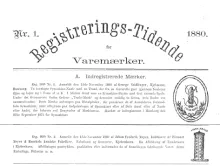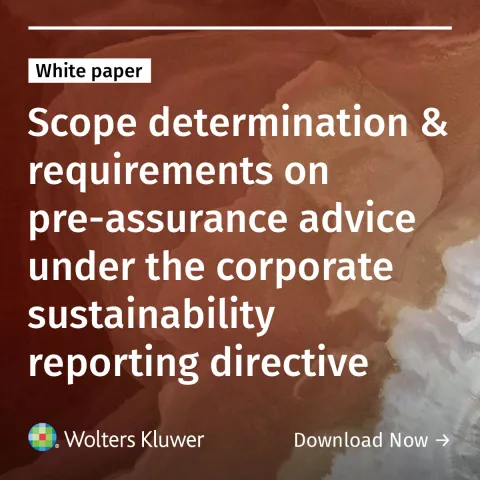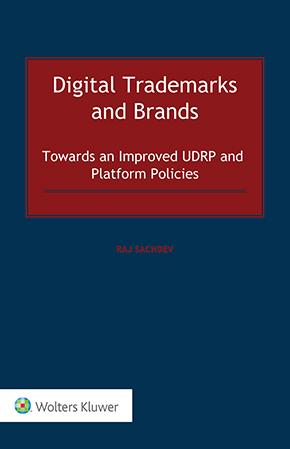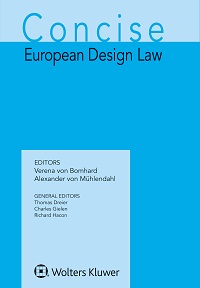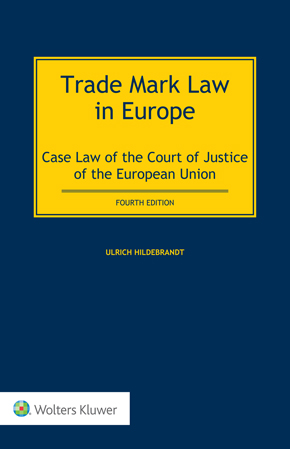2023 GC practice in retrospect (Part 2)
December 30, 2023
Part 1 of this year’s retrospective provided a general overview over the GC case law from 2023 with numbers and a special focus on genuine use cases. Part 2 now focuses on weak marks. The reader is asked for forgiveness for the unusual length of this post…
On social media (in particular LinkedIn), one could get the impression that in 2023, the GC was correcting the course of the overprotection of weak (elements in) marks – but the numbers do not confirm this.
We have identified 26 cases that turned on whether seemingly weak common elements led to a likelihood of confusion (LOC), with an almost 50:50 outcome: in 14 cases, LOC was denied, and in 12, the marks were considered confusingly similar.
Interestingly, in the first group (no LOC), 6 were annulments of the BoA decisions, whereas in the second group (LOC found), all actions were dismissed. This means that the BoA is more likely to find LOC despite the weakness of the common element than the GC, but still – statistical chances of success before the GC on this point are only 23%.
The GC judgments in the first group (no LOC) contained some helpful statements on the weakness of certain common terms like “snack” (SNACK MI) or certain types of signs such as simple reproductions of animals (Pierre Balmain), single letters (Q), or simple geometric shapes (HPU AND YOU). The cases in this group were:
- T‑736/22, 20/12/23, v.Image
 : weak distinctive character of the term “snack” (§ 95) (BoA confirmed)Image
: weak distinctive character of the term “snack” (§ 95) (BoA confirmed)Image
- T-564/22, 20/12/23 v.Image
 (cl. 14, 25). Pierre Balmain - a lion’s head encircled by rings forming a chain. No LOC owing to weakness of earlier mark (BoA annulled)Image
(cl. 14, 25). Pierre Balmain - a lion’s head encircled by rings forming a chain. No LOC owing to weakness of earlier mark (BoA annulled)Image
- T-665/22, 08/11/23, SKINIDENT v. NIVEA SKIN-IDENTICAL Q10: no LOC (BoA confirmed)
- T-458/21, 25/10/23, v.Image
 - no LOC: weak distinctive character of single letter (§ 66) (BoA annulled)Image
- no LOC: weak distinctive character of single letter (§ 66) (BoA annulled)Image
- T-511/22, 25/10/23, andImage
 v.Image
v.Image : simple geometric shapes have weak distinctive character (§ 40) è decorative element of secondary importance in trademark applied for (§ 41) (BoA confirmed)Image
: simple geometric shapes have weak distinctive character (§ 40) è decorative element of secondary importance in trademark applied for (§ 41) (BoA confirmed)Image
- T-328/22, 13/09/23, HYDRABIO v. HYDRA BIOME (fig.) (cl. 3) – both hydra and bio common prefixes in French and widely understood (§ 59) so that addition of “me” in Hydra-Biome is sufficient to distinguish the marks (BoA annulled)
- T-434/22, 26/07/22 – végé’ v. VEGE STORY (for vegetarian foodstuffs): no LOC: vege is weak (§ 33). The apostrophe after végé’ indicates that it is an abbreviation (§ 32) (BoA confirmed)
- T-663/22, 26/07/23 - v.Image
 andImage
andImage
- T-664/22, 26/07/23 - v.Image
 (advertising services et al.) – no LOC, MOOD is part of basic English vocabulary and weak (§ 57) (BoA confirmed)Image
(advertising services et al.) – no LOC, MOOD is part of basic English vocabulary and weak (§ 57) (BoA confirmed)Image
- T-261/22, 12/07/23 - v.Image
 : no LOC owing to weakness of common element (§ 124) (BoA confirmed)Image
: no LOC owing to weakness of common element (§ 124) (BoA confirmed)Image
- T-47/22, 07/06/23 –– v.Image
 - Canal + not successful: no LOC (BoA annulled)Image
- Canal + not successful: no LOC (BoA annulled)Image
- T-368/22 (07/06/23) – Bankia v. BANQUÌ – no LOC owing to weakness of earlier mark (BoA annulled)
- T-344/21, 29/03/23, v.Image
 Groupe Canal + unsuccessful, no LOC for those g/s for which acquired distinctiveness had not been proven (BoA annulled)Image
Groupe Canal + unsuccessful, no LOC for those g/s for which acquired distinctiveness had not been proven (BoA annulled)Image
- T-443/21, 18/01/23 - v.Image
 (services relating to yoga)Image
(services relating to yoga)Image
However, that’s not the end of the story. As mentioned, in an almost equal number of cases, similarly weak elements led to a finding of LOC, with the BoA being confirmed:
- T-321/22, 15/11/23 – v. TIFFANY CRUNCH N CREAM (cl. 30): Spaniards and French people do not understand „crunch“Image

- T-773/22, 25/10/23 - v.Image
 , cl. 25: LOCImage
, cl. 25: LOCImage
- T-516/22, 11/10/23 – BLUE v. . Argument that “blue” is weakly distinctive not acceptedImage

- T-488/22, 13/09/23: KAUFLAND v.(retail services, cl. 35): Italians and Spaniards do not speak German (§ 32) (n.b. “Kauf” = “buy” in German)Image

- T-557/22, 06/09/23 - v.Image
 (for unprocessed plastics and semi-finished plastic goods, in particular granulates, cl. 1 and 17). English-speaking specialists do not understand “granulat” because it is not an English dictionary term (§ 42)…Image
(for unprocessed plastics and semi-finished plastic goods, in particular granulates, cl. 1 and 17). English-speaking specialists do not understand “granulat” because it is not an English dictionary term (§ 42)…Image
- T-576/22, 06/09/23 – v. TRUE SKIN (cl. 3): Spaniards do not understand TRUE (§ 65) (but they would understand SKIN as that was considered descriptive!)Image

- T-109/22, 26/07/23 – v.Image
 (cl. 29, 31, 35, 39): speakers of Slavic languages do not understand “fruta” as being descriptive.Image
(cl. 29, 31, 35, 39): speakers of Slavic languages do not understand “fruta” as being descriptive.Image
- T-27/22, 12/07/23 v.Image
 (cl. 3): although the BoA wrongly considered th to dominate the contested mark th pharma (§ 106), the marks are overall similar so the conclusion of LOC was upheld.Image
(cl. 3): although the BoA wrongly considered th to dominate the contested mark th pharma (§ 106), the marks are overall similar so the conclusion of LOC was upheld.Image
- T-7/22, 03/05/23 – financify v. Financery (financial software and services). Although “financ” will be understood as referring to finance, weak elements may be considered dominant (§ 58).
- T-306/22, 22/03/23 - v. love you so much (for lubricants and devices for sexual stimulation) – LOC because both contain “love you” (BoA confirmed)Image

- T-759/21, 08/03/23 - (et al.) v.Image
 (for milk); BoA confirmedImage
(for milk); BoA confirmedImage
- T-25/22, 01/03/23 - v.Image
 (clothing) – LOC (BOC confirmed). ME is weak but HE & is equally as weak. “Visually similar to an average degree” (§ 52). (Appeal not allowed, C-280/23 P)Image
(clothing) – LOC (BOC confirmed). ME is weak but HE & is equally as weak. “Visually similar to an average degree” (§ 52). (Appeal not allowed, C-280/23 P)Image
In many of these cases, the crux is that an EUTM application is refused or an EUTM invalidated if the ground for refusal applies anywhere in the EU. So to the extent that (many) Italians do not speak German and Spaniards do not speak English, terms that are descriptive in those languages are considered of normal distinctiveness in those countries. However, if the dissection of the marks leads to the understanding that Spaniards do understand “skin” but do not understand “true”, one does wonder. And if “végé” will be understood everywhere as an abbreviation of “vegetarian”, and “financ” as referring to “finance”, then why do English speakers (and sector specialists in the plastic industry) not understand “granulat” just because the English dictionary term is granulate with an e in the end? Also, that a single trader in the sex toys business gets a monopoly to “love you” on account of a figurative mark “I LOVE YOU SINCE FOREVER” will raise some eyebrows (ours, for sure!).
On the other hand, there is a green light on the horizon when looking specifically at the second half of 2023 and perhaps that tendency is carried forth into the New Year.
With that, the Kluwer Trademark Blog team and I personally wish everyone a very happy and successful – and above all peaceful – New Year of 2024! I WE LOVE YOU SINCE FOREVER!
You may also like



